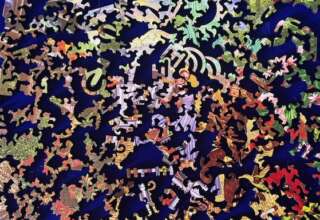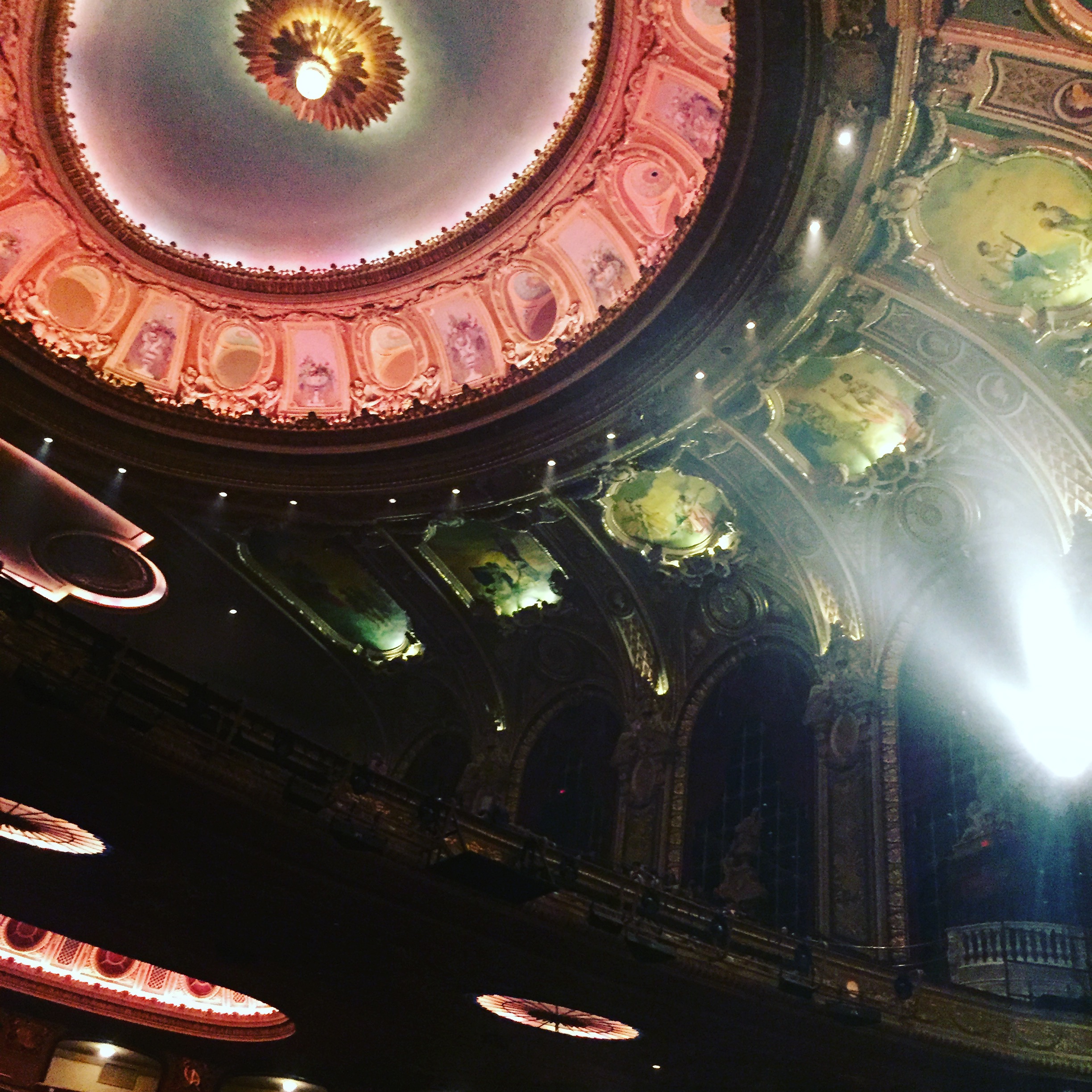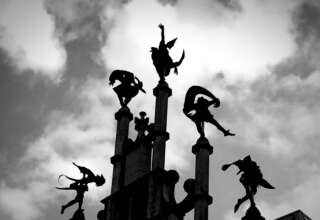
The context for enactment of something immediate yet predictable is perhaps most clearly evident in the African’s frequent use of ritual and ceremony in their communities and organizations. It is in the enactment of ritual and ceremony that Theory A once again requires a breaking down of barriers—in this instance the barriers between thought and action. It is in the enactment of thought and beliefs through rituals that a community and an organization sustain their direction and sense of purpose.
The rituals of an African community are embedded in the three-tier cosmology identified by Olupona. Attention is paid to and honor is bestowed upon all constituencies (past and present) of the universe in which members of the community dwell:
Ritual practices are central to the performance of African religion. Ceremonies of naming, rites of passage, death, and other calendrical rites embody, enact, and reinforce the sacred values communicated in myths. They often dictate when the community honors a particular divinity or observes particular taboos. Divinities and ancestors have personalized annual festivals during which devotees and adepts offer sacrificial animals, libations, and favored foods to propitiate them. Ritual enables supernatural beings to bless individuals and the community with sustenance, prosperity, and fecundity. Rites of passage, such as initiation ceremonies, are rituals marking personal transitions recognized and celebrated by the community. Each ceremony denotes passage from one social status to another and is an opportunity to celebrate the initiates on their journey.
We can refer to another African scholar to further expand on the role played by contextual action in the African community. Patric Somé (1999, p. 88) offers the following insights regarding the African world of ceremony, ritual and continuity:
. . . elaborate greeting rituals ending with paying homage at the ancestral altar, reveal something of the concerns and values governing the village as a community. The village is organized as a commonwealth under the guidance and supervision of the ancestors, whose laws must be carefully followed to avoid trouble. One of the overarching structures of the village is the clan. In the village every person belongs to a clan that is named after one of the elements of the cosmology. Thus we have water people, fire people, earth people, mineral people, and nature people. . . . Each group has a keeper or a chief and the chef of all the chiefs is the head of the earth group. The chief remains the chief until he dies. Then he is succeeded by someone else in his family. The criteria for the succession is not clear; shamans take care of it in divination. The entire structure is divided along gender lines, allowing male groups to be separate from female groups. Thus the ultimate power base is the council of elders, female and male. Usually there are five of them corresponding to the five groups.










Charly Wiliamse
August 16, 2021 at 10:23 pm
I have thought so many times of entering the blogging world as I love reading them. I think I finally have the courage to give it a try. Thank you so much for all of the ideas!
power bi course
December 7, 2021 at 7:29 am
Thanks for sharing information.